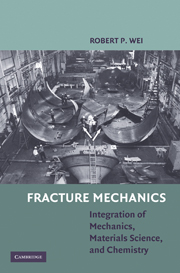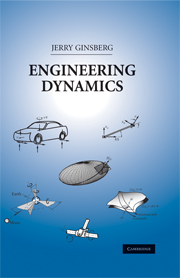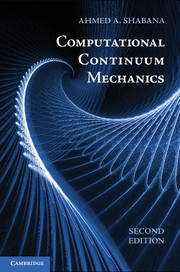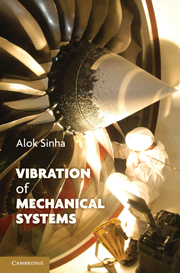Fracture Mechanics
Fracture and 'slow' crack growth reflect the response of a material (i.e. its microstructure) to the conjoint actions of mechanical and chemical driving forces and are affected by temperature. There is therefore a need for quantitative understanding and modeling of the influences of chemical and thermal environments and of microstructure, in terms of the key internal and external variables, and for their incorporation into design and probabilistic implications. This text, which the author has used in a fracture mechanics course for advanced undergraduate and graduate students, is based on the work of the author's Lehigh University team whose integrative research combined fracture mechanics, surface and electrochemistry, materials science, and probability and statistics to address a range of fracture safety and durability issues on aluminum, ferrous, nickel, and titanium alloys and ceramics. Examples are included to highlight the approach and applicability of the findings in practical durability and reliability problems.
- Integrates fracture mechanics, surface and electrochemistry, materials science, and probability and statistics to address a range of fracture safety and durability issues
- Research examples are included to highlight the applicability of the findings in practical problems of durability and reliability
- An appended list of publications provides references/sources for more detailed information on research from the overall program
Product details
April 2010Adobe eBook Reader
9780511685972
0 pages
0kg
160 b/w illus. 10 tables
This ISBN is for an eBook version which is distributed on our behalf by a third party.
Table of Contents
- 1. Introduction
- 2. Physical basis of fracture mechanics
- 3. Stress analysis of cracks
- 4. Experimental determination of fracture toughness
- 5. Fracture considerations for design
- 6. Subcritical crack growth - creep controlled crack growth
- 7. Subcritical crack growth - stress corrosion cracking and fatigue crack growth (phenomenology)
- 8. Subcritical crack growth - environmentally enhanced crack growth under sustained loads (or stress corrosion cracking)
- 9. Subcritical crack growth - environmentally assisted fatigue crack growth (or corrosion fatigue)
- 10. Science-based probability modeling and life-cycle engineering and management.





